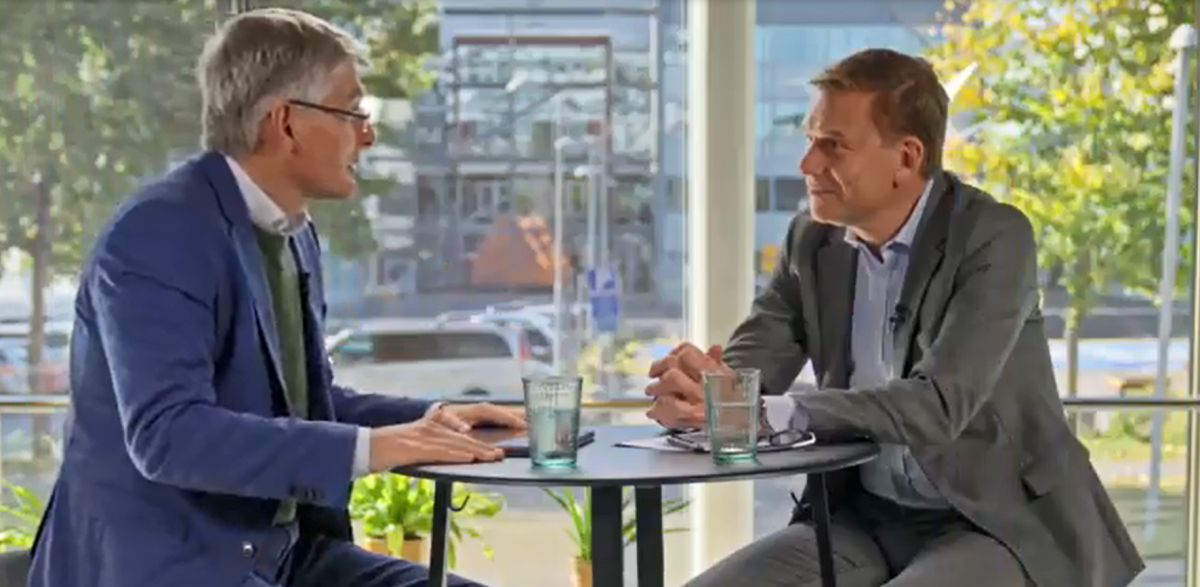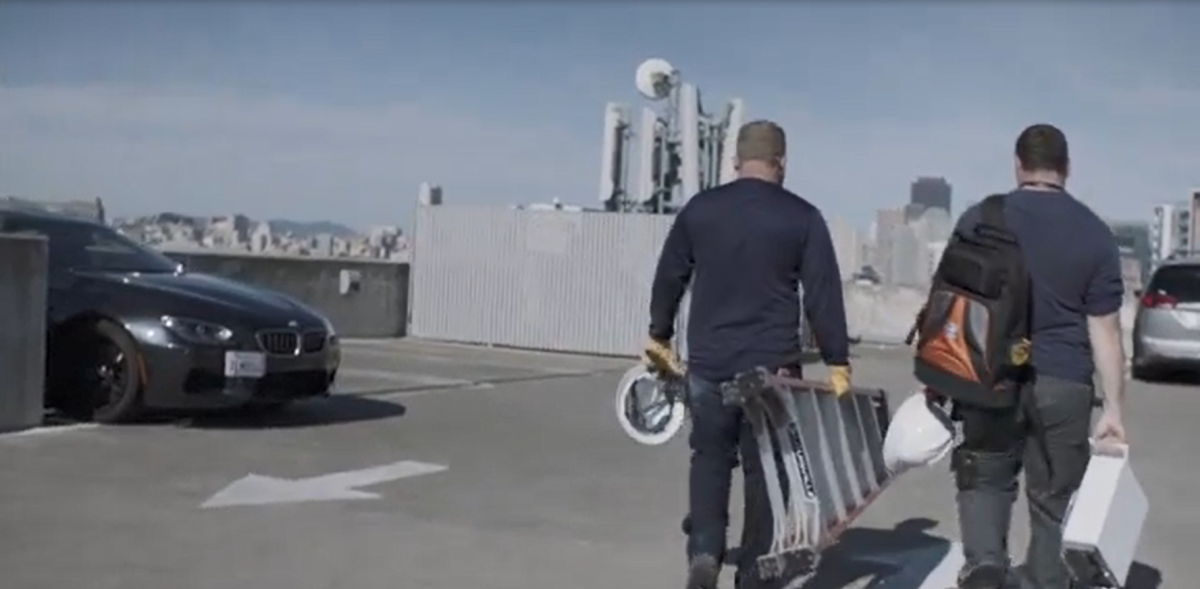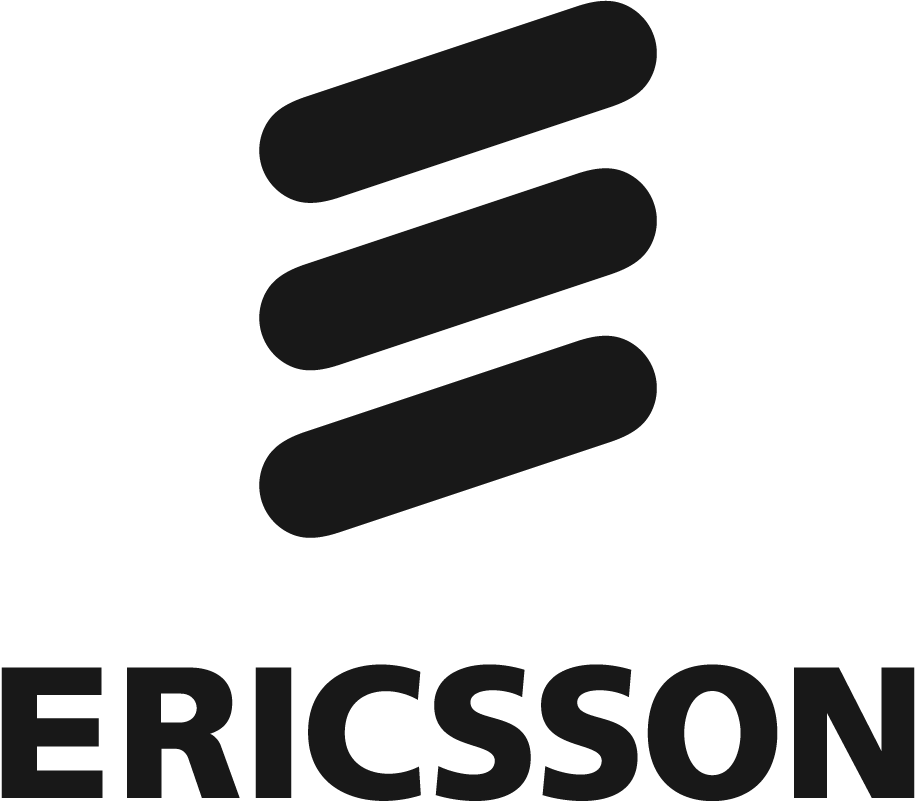CTO Focus: Five Milestones on the Road to Emissions-Free Heavy Road Transport
By Erik Ekudden Group CTO and Head of Technology & Strategy
Originally published by Ericsson
Tomorrow’s sustainable transport systems will be powered by electrification and ignited by high-performance connectivity. Erik Ekudden, CTO of Ericsson, and Christian Levin, CEO of Scania, talk about the importance of intelligent, advanced, and emissions-free transport, as well as the challenges and opportunities that lie ahead.
The digitalization of global transport systems is enabled by 5G and high-performance connectivity. It will prove pivotal in the journey to more data driven, intelligent, and emissions-free goods transport and logistic operations.
According to the Exponential Roadmap, transport-related emissions represent around 16 percent of the global total. While most are generated from short journeys, mainly in and around cities, by cars, motorbikes, buses and trucks, a sizable 27 percent of this figure is accounted for by long-haul transport, including shipping, aviation and heavy vehicles. And while existing solutions could reduce fossil fuel usage by 50 percent in these sectors by 2030, doing so will require significant policy initiatives, in addition to complete industry-wide transformation based on electrification, alternative fuels and digitalization.
Scania has become a global frontrunner in driving the shift to sustainable heavy transport. Like Ericsson, Scania is a partner of the Exponential Roadmap Initiative and the Pathways Coalition, and was also a forerunner in committing to science-based carbon reduction targets in line with the Paris Climate Agreement in 2015. More recently, Scania also committed to decarbonizing its entire European supply chain by 2030. Ericsson meanwhile aims to cut emissions by 50% in the supply chain and portfolio by 2030 and to be Net Zero in its own activities at the same time.
Those are ambitions, but which solutions are needed to transform a 100-year-old fossil-dependent transport sector – one the exponential roadmap itself says will be “difficult to decarbonize”? In the latest CTO focus session, Erik Ekudden sits down with Scania CEO Christian Levin to find out. Here are the five key takeaways:
1. Digitalization is the critical platform that connects tomorrow’s sustainable transport ecosystems
Electrification is the key to emissions-free transport, but it involves much more than just a change of fuel type. As a new platform it will require vast structural consequences. For over 100 years vehicles have been driven by a standardized, fossil fuel-based platform where everyone in the ecosystem has a clear, long-standing understanding of their role. A new, non-fossil ecosystem driven largely by electricity, however, means multiple players will have to collaborate to succeed.
Communications providers, vehicle suppliers, energy companies, grid operators, software producers and more will need be involved in a huge flow of information that makes it possible to provide vital digital support and answer pivotal questions such as how and where to charge, how to optimize those processes and how to get the right price for your operational requirements.
Digitalization – underpinned by high-performance connectivity and based on horizontal platforms capable of rapid scale – will be critical in connecting future transport systems and the ecosystems around them. This means advances across transport operators, drivers and charging infrastructure – in essence throughout the value chain, as well as in adjacent sectors.
Connectivity and fast access to 'big data' are already making a major impact on the ecosystem of sustainable transport and altering business models within the sector as products, production processes and supply chains become more interconnected. This will fundamentally transform traditional transport ecosystems and vehicle value chains – turning vehicle manufacturers increasingly into "vehicle-as-a-service" providers.
This digital infrastructure will continue to play a crucial role in building the business cases to support battery electric vehicle (BEV) alternatives – helping to optimize energy costs, transport routes (including charging) and payment solutions. Also, future autonomous transport systems will enable automation across all parts of the transport system, allowing for higher utilization of safer and more efficient transport alternatives supported by vehicle-to-vehicle (V2V) and vehicle-to-anything (V2X) technologies.
The need for integrated planning, deployment and operations of digital infrastructures is one of three core infrastructure developments needed for electrification of the transport system; the other two being the development of physical road and hub infrastructure, as well as electricity infrastructure. All three developments require long term planning and capacity assurance in a coordinated way as well as an aligned policy and regulatory framework.
2. Data from connected vehicles can create new possibilities for transport systems
Today Scania has one of the biggest fleets of connected heavy commercial vehicles with more than 600,000 operating across more than 100 countries.
The massive data generated from such a large fleet provides a detailed and thorough foundation to improve internal efficiencies such as inbound and outbound logistics, as well as continuous improvement of the energy efficiency of existing and emerging solutions. This not only includes electrification and autonomous transport solutions, but also more energy-efficient internal combustion engine (ICE) solutions that can improve transportation around the world.
In addition to this, connected vehicle data can also be used to:
- provide Scania with insights to optimize the vehicle configuration and solution using over-the-air updates. This improves the vehicles in the fleet over time where one of many benefits will be reducing overall fuel and electricity consumption.
- closely monitor the health status of the vehicle and its components, enabling repair and maintenance (R&M) teams to proactively adapt R&M intervals through the help of advanced statistical and AI models.
- create more efficient fleet management and intelligent routing models, based on real-time vehicle data.
3. Public policy must keep pace with enterprise demands and technological developments
While heavy transport operators can optimize, retrofit, electrify, and encourage the use of renewable fuels to enable the halving of emissions by 2030, the commitment to fully decarbonize long-haul transport will require ambitious technology roadmaps, strong investment and close collaboration across public and private domains.
From Scania's perspective, it is clear that the vehicle itself will not be the biggest challenge when it comes to electrifying and decarbonizing transport. Electrified heavy transport vehicles are already on the market, capable of managing almost any transport task, and serial production is increasing year on year. The biggest challenge lies in setting up the enabling factors for electrification, and that is all about the charging ecosystem and the demand for emission-free transports.
Charging Infrastructure, together with the power grid and digital infrastructure related to that, is today the main obstacle to electrification of heavy transport. What is needed is a monumental infrastructure build-out that can keep pace with enterprise and societal demand for electric vehicles. Moreover, demand is closely connected to electric vehicles' total cost of operations that in turn is dependent on the relative cost of emitting CO2.
From a somewhat longer perspective, the transport and logistics ecosystems need policies that are adaptable to changes in the reality of autonomous vehicles. That means legislative processes that continue to keep pace with technological developments. It also means that legislation must address new types of responsibilities, interfaces and features.
Future sustainable transport systems will also continue to require significant investment in the build-out of charging and digital infrastructure, including the underlying electric grid, as well as high-performance mobile networks that offer the right capacity and coverage.
4. A competence shift will be key
As transport sectors move to more data-driven operations and deploy digitalized solutions, this will also coincide with a competence shift within those sectors.
Scania is a transport leader that is driving this shift and has in recent years recruited more software engineers and data analysts than traditional mechanical engineers. The demand for new competences also includes chemical engineers for Scania’s battery manufacturing center, and automation technicians and operators for its automated manufacturing facilities.
To move forward, we must also find new ways to encourage the cross-sector exchange of skills and experiences with an extra focus on ensuring readiness to deploy horizontal skills related to cyber security and AI.
And let’s not forget that one of the biggest challenges for long-haul transport continues to be the shortage of drivers. Digitalization can contribute to solving this challenge both in the short term and long term, from enabling safe and comfortable resting with good mobile coverage, to enabling remote tele-operations of vehicles where drivers sit in a control room instead of the vehicle.
5. Cross-industrial partnerships will be pivotal in driving change
The convergence of transport, energy, and digital sectors will bring about a greater need for close collaboration across industries. Today, both Scania and Ericsson work extensively across both horizontal and vertical ecosystems to identify and activate partnerships that align strategically with business and sustainability objectives.
One example where Scania and Ericsson have joined forces is the CEO Alliance which serves as both an action tank for tangible sustainability pilot projects, as well as a consultative arm for European policymakers regarding implementation of the European Green Deal.
In a separate cross-vertical initiative, Scania has joined forces with Volvo Group and Daimler with the ambition to build at least 1 700 public high-capacity charging points for commercial vehicles across Europe and thus help push the shift to electrification.
The continued formation of new partnerships and ecosystems across horizontal, vertical and public-private divides will be pivotal in realizing future sustainable transport systems.
The road ahead
All enterprises, industries, policymaker ecosystems and even consumers can make a decisive contribution on the road to decarbonize transport systems.
As we look ahead, two particular technology areas that could have the biggest impact on this journey are the electrification of transport at scale, including the buildout of charging infrastructures, as well as the secure and trusted exchange of real-time data between stakeholders, supporting data-driven optimization of asset utilization and route planning.
The development and deployment of digital technologies will continue to be the critical enabler behind both factors. For instance, digitalization not only allows transport to become more efficient, but in some cases can even swap out the need for transport altogether i.e. through remote control of assets, real-time digital collaboration, and e-commerce with smart delivery boxes, etc.
Enterprises and consumers can also make a decisive contribution by placing higher demands on e.g. detailed emissions reporting across the supply chain and consumer markets respectively.
Last but by no means least, policymakers will also be required to find novel policy and regulatory instruments to support such a transition, for instance through harmonized cross-sector policies across transport, energy, and digital domains.
Learn more
Read Ericsson’s latest connected transport report.
Find out what cellular IoT can do for EV charging station operations.
Find out how cellular IoT is reshaping the truck transport industry.
Learn more about Ericsson connected vehicles.
Explore other Ericsson CTO focus sessions.



